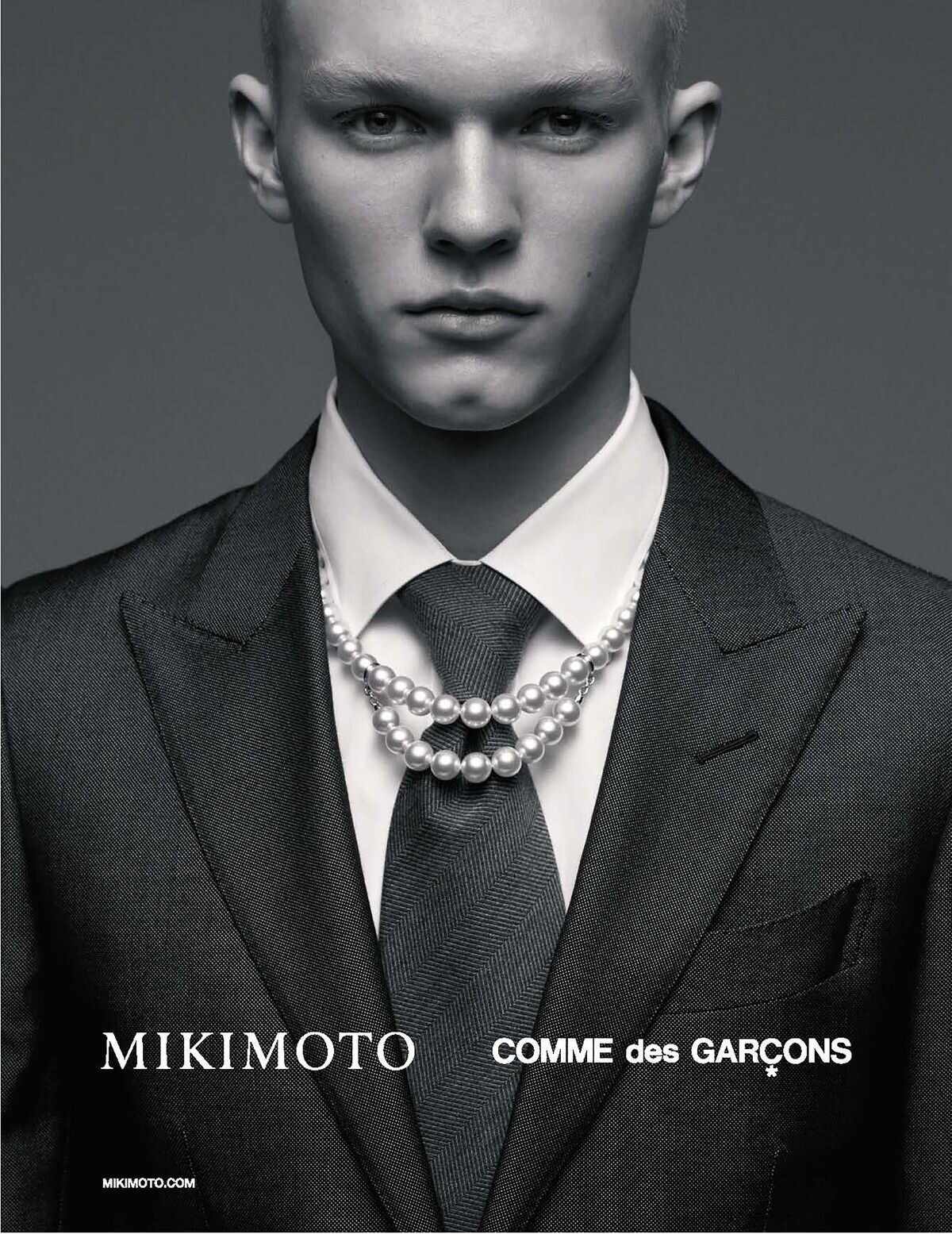CULTURED PEARLS
History
Development of a pearl
A cultured pearl is a pearl produced by a mussel or oyster farmer under controlled conditions. Cultured pearls can be cultivated using two distinct types of bivalve mollusks: freshwater river mussels and saltwater pearl oysters.
In contrast, a natural pearl is formed entirely without human intervention and is rare. It is created when a foreign object accidentally enters a mussel or another shelled mollusk. In response, the mollusk secretes nacre—commonly known as mother-of-pearl—which coats the intruding object. Over time, this nacre builds up in thin layers, eventually forming a pearl. [1]
Cultured pearls, however, are the result of human-assisted processes. A small tissue graft, usually taken from a donor mollusk, is inserted into the host mollusk to form a nucleus. This nucleus is then carefully implanted into another mollusk, which is returned to the water, where it gradually coats the nucleus with layers of nacre. Depending on the desired quality, the cultivation process can take between two and seven years. [2]
During this process, a pearl sac forms around the nucleus, and the inner surface of the sac precipitates calcium carbonate in the form of nacre or "mother-of-pearl." Among the most popular and effective methods for producing cultured pearls is the use of freshwater river mussel shells.
Kokichi Mikimoto, the son of a Japanese noodle maker, revolutionized the pearl industry in 1893 by creating the world’s first cultured pearl. He accomplished this by manually introducing an irritant into an oyster to stimulate the formation of a pearl. The introduction of cultured pearls in the early 20th century dramatically transformed the pearl market, causing the value of natural pearls to decline significantly. [3]
Mikimoto remains one of the leading pearl companies in the world today. In 2020, the brand collaborated with the avant-garde fashion label Comme des Garçons to produce a collection of contemporary pearl necklaces, blending traditional craftsmanship with modern design.
Cultured pearls on the market today can generally be divided into two categories:
Beaded cultured pearls, which include Akoya, South Sea, Tahitian, and the modern large freshwater Edison pearls. These are typically grown one pearl at a time, using a bead nucleus to guide the formation.
Non-beaded freshwater cultured pearls, such as Biwa or Chinese pearls. These pearls are cultivated in the mantle tissue of mussels, where up to 25 grafts can be implanted in each shell, resulting in a higher yield and a significant market presence.
Over the last decade, the quality of cultured pearls has seen remarkable advancements. The former rice grain-shaped pearls have evolved into near-round or round specimens. In recent years, bead-nucleated freshwater pearls as large as 15 mm in diameter with metallic luster have entered the market, offering a level of refinement and brilliance that rivals their saltwater counterparts. [4]
ORIGINAL FROM NATIONAL MUSEUM COLLECTION
NECKLACE
Designed by: Karl-Ingmar Johansson
Material: Gold and cultured pearls
Size 37,5 cm
Year: 1927
Photo credit: Greta Lindström / Nationalmuseum
This necklace, designed by Karl-Ingemar Johansson, is a true reflection of its era. When cultured pearls were introduced to the market in the early 1900s, they opened up new creative possibilities for jewelry designers. The cultured pearl, being a fraction of the price of a natural pearl, enabled the creation of larger and longer pearl necklaces—designs such as the long, layered pearl necklaces of the 1920s would not have been possible without Mikimoto’s groundbreaking invention.
Johansson’s pearl necklace exemplifies his signature minimalist style. His designs are often characterized by simplicity, typically featuring a single type of stone or geometric shapes. Johansson was particularly skilled in crafting chains with innovative mechanical solutions that allowed them to seamlessly conform to the natural shape of the body.
re-designed NECKLACE
RE-DESIGN
I was inspired by the process of creating a cultured pearl when redesigning Johansson’s pearl necklace.
The creation of a cultured pearl is a controlled process where the mussel or oyster must be contained to allow the producer to monitor and care for it. This is achieved by placing the mussel or oyster in a cage, submerged underwater. The mussel or oyster can be seen as a surrogate, hosting the pearl inside it and carefully creating and protecting the delicate gem.
Johansson’s pearl necklace already features a circular shape around the pearl, and I have used this shape as the foundation, expanding upon its expression and transforming it into a more cage-like structure. This process was entirely executed using CAD design, which provided the ability to quickly sketch and experiment with various design ideas. The precision and speed of this process could never have been achieved using traditional goldsmith techniques.
process picture
3d-model of redesign
Footnotes
[1] Nudelman, Fabio; Gotliv, Bat Ami; Addadi, Lia; Weiner, Steve (2006). "Mollusk shell formation: Mapping the distribution of organic matrix components underlying a single aragonitic tablet in nacre". Journal of Structural Biology. 153 (2): 176–87.
[2] "Pearl oyster farming and pearl culture". Fao.org. Archived from the original on March 20, 2008. Retrieved May 17, 2013.
[3] Jewelry from art nova to 3d printing
[4] Lazarus, Sarah (15 February 2018). "Pearl farming in Hong Kong: enthusiasts restock oyster beds in city waters to revive a 1,000-year-old industry". South China Morning Post. Retrieved 25 December 2018.
[5] Jewelry from art nova to 3d printing
This project was made possible with the support of





